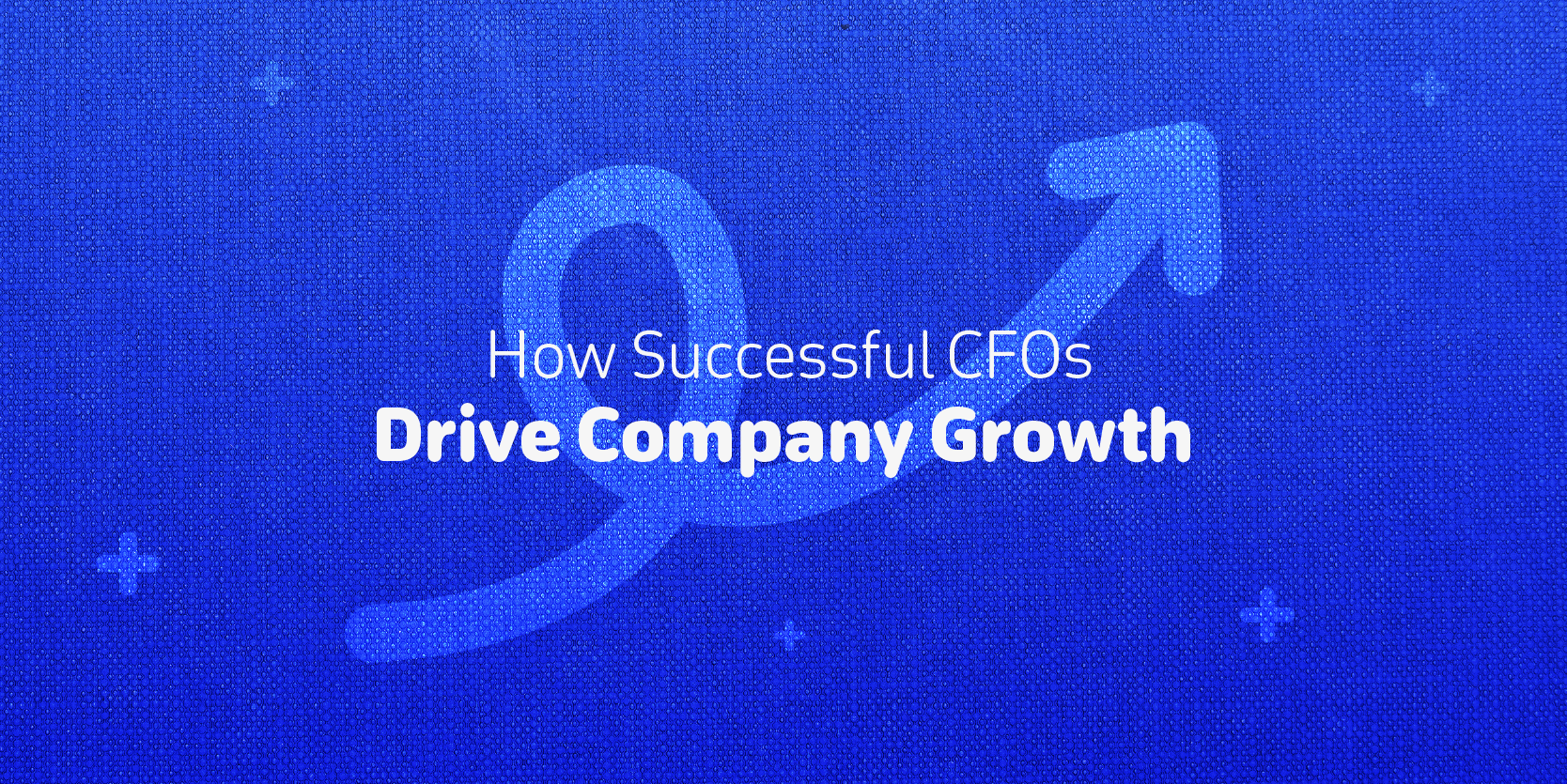
The role of CFOs has evolved dramatically from traditional financial oversight to strategic business partnership. If you’re a CFO today, you’re not just a financial gatekeeper – you’re one of the strategic minds behind your company’s success.
The modern CFO role extends far beyond managing budgets and preparing financial statements. You’re now responsible for shaping strategic decisions, driving profitable growth initiatives, and ensuring your organization remains competitive in an increasingly complex business environment. This evolution reflects the critical importance of financial leadership in today’s economy, where companies can no longer afford to separate financial management from strategic planning.
Your expanding scope of responsibilities includes everything from technology integration to stakeholder relationship management. You’re expected to understand market dynamics, competitive positioning, and operational efficiency while maintaining the financial discipline that ensures sustainable growth. This comprehensive approach to leadership positions you as an indispensable member of the executive team.
We can say “The CFO who succeeds in today’s business environment is one who embraces the role of strategic partner while maintaining excellence in financial management”
The CFO Mindset That Fuels Growth
Your success as a CFO begins with shifting from reporting only to proactive strategic planning. This fundamental mindset change requires you to think beyond monthly financial reports and consider how your decisions impact long-term company growth and market positioning.
You can begin by focusing on two main areas:
1. Establish Long-Term Financial Vision
CFOs must begin by developing a comprehensive long-term financial strategy that aligns with the company’s growth objectives . This involves conducting a thorough assessment of the current financial state and formulating a documented plan that supports organizational goals . The CFO should create a one-page vision statement supported by detailed financial data to ensure clear communication and implementation across the organization .
2. Lead Strategic Planning Process
An effective CFO takes the lead in designing the entire strategic plan, considering all factors and creating necessary projections . This includes determining where resources should be focused and identifying what resources are required to achieve growth goals . The strategic planning process encompasses four key building blocks:
– Revenue generation
– Personnel planning
– Process optimization
– Overall strategy development .
The CFO’s Role Across the Stages of Business Growth
1.Start-Up and Early Growth Stage
During the incipient stage, CFOs focus on establishing a solid financial foundation . Key actions include:
- Capital Procurement: Craft compelling business plans with robust financial projections to attract investors and secure funding.
- Cash Flow Management: Implement stringent systems to adequately cover operational costs.
- Financial Infrastructure Development: Establish comprehensive accounting systems, protocols, and processes.
2.Expansion and Scaling Stage
As businesses enter the growth phase, CFOs expand their responsibilities to encompass strategic financial planning and risk assessment . Critical actions include:
- Strategic Financial Planning: Formulate financial strategies congruent with growth aspirations through adept budgeting and forecasting
- Risk Assessment and Mitigation: Identify potential financial risks from market volatility and implement mitigation measures.
- Diversification of Funding Sources: Explore diverse funding avenues including loans and equity financing.
Investing in modern fintech tools: Finding smarter ways to enhance financial operations, reduce manual work, and minimize errors through automation.
3.Maturity Stage
At the maturity stage, CFOs shift focus toward optimizing existing operations and exploring new growth opportunities . This includes:
- Evaluating mergers and acquisitions.
- Developing new markets.
- Maximizing operational efficiency .
Planning Excellence and Performance Management
Financial Forecasting and Analysis
CFOs must conduct thorough financial forecasting and analysis to evaluate market trends, economic indicators, and competitive landscapes . This involves projecting future financial performance and enabling informed strategic choices while identifying growth opportunities and mitigating risks .
Resource Allocation and Investment Evaluation
Strategic resource allocation is critical to successful growth implementation . CFOs assess potential return on investment for different projects, ensuring organizations invest in areas aligned with strategic priorities . This disciplined approach prevents overspending and ensures every dollar contributes to sustainable growth.
Performance Measurement and KPI Management
CFOs establish key performance indicators (KPIs) that align with strategic objectives, providing frameworks for evaluating success . Essential KPIs for growth-focused CFOs include:
- Revenue growth rate
- Gross profit margin
- Customer acquisition cost (CAC)
- Customer lifetime value (CLV)
- Operating cash flow
- Return on investment (ROI)
The CFO’s Role in Digital Transformation
1.Embrace Digital Finance Tools
Modern CFOs leverage automation and AI to drive performance, with 58% utilizing these technologies for operational efficiency. Digital transformation involves integrating advanced technologies like machine learning and cloud computing to enhance forecasting accuracy and provide deeper financial insights .
2.Implement Advanced Analytics
CFOs should invest in data analytics and robust technology infrastructure to drive informed decision-making and optimize operations. This includes building KPI dashboards that focus on actionable metrics rather than vanity metrics.
Building a High-Impact, High-Communication Finance Team
Great CFOs don’t just manage numbers, they build teams that think strategically, act decisively, and grow with the business. It starts with spotting the right talent, then filling skill gaps through ongoing development. A high-performing finance team isn’t just good at reporting, they understand the “why” behind the numbers and contribute to the bigger picture.
CFOs today are connectors, linking finance with sales, operations, HR, and beyond. By working closely with other teams, CFOs help uncover blind spots, streamline processes, and ensure that resources are aligned with what truly drives growth.
Stakeholder Communication and Relationship Management
A modern CFO is more than a financial expert, they’re a storyteller. By translating complex data into clear insights, CFOs help stakeholders see the bigger picture. Whether speaking to investors, employees, or business partners, they connect the dots between strategy and performance. This clarity builds trust, strengthens relationships, and encourages others to support the company’s vision.
For example ,at the leadership table, CFOs act as navigators. Through clear, consistent reporting to boards and executive teams, they bring focus to what truly matters—progress, priorities, and performance. From detailed dashboards to strategic analysis, they make sure every decision is backed by numbers, and every number has a purpose. This reporting isn’t just about what’s happening now—it’s about where the company is headed next.
Conclusion
Today, the role of the CFO goes far beyond managing financial matters; it has become a vital driver of company growth. To succeed, CFOs need a comprehensive vision that includes planning for the future, improving day-to-day performance, leveraging technology, developing their teams, and communicating effectively with stakeholders such as investors and partners.
When these steps are implemented in an organized and strategic way, CFOs can support stable growth while maintaining financial discipline and minimizing risk. The key is to adapt these strategies to the company’s current stage and to strike a balance between immediate needs and long-term goals.






